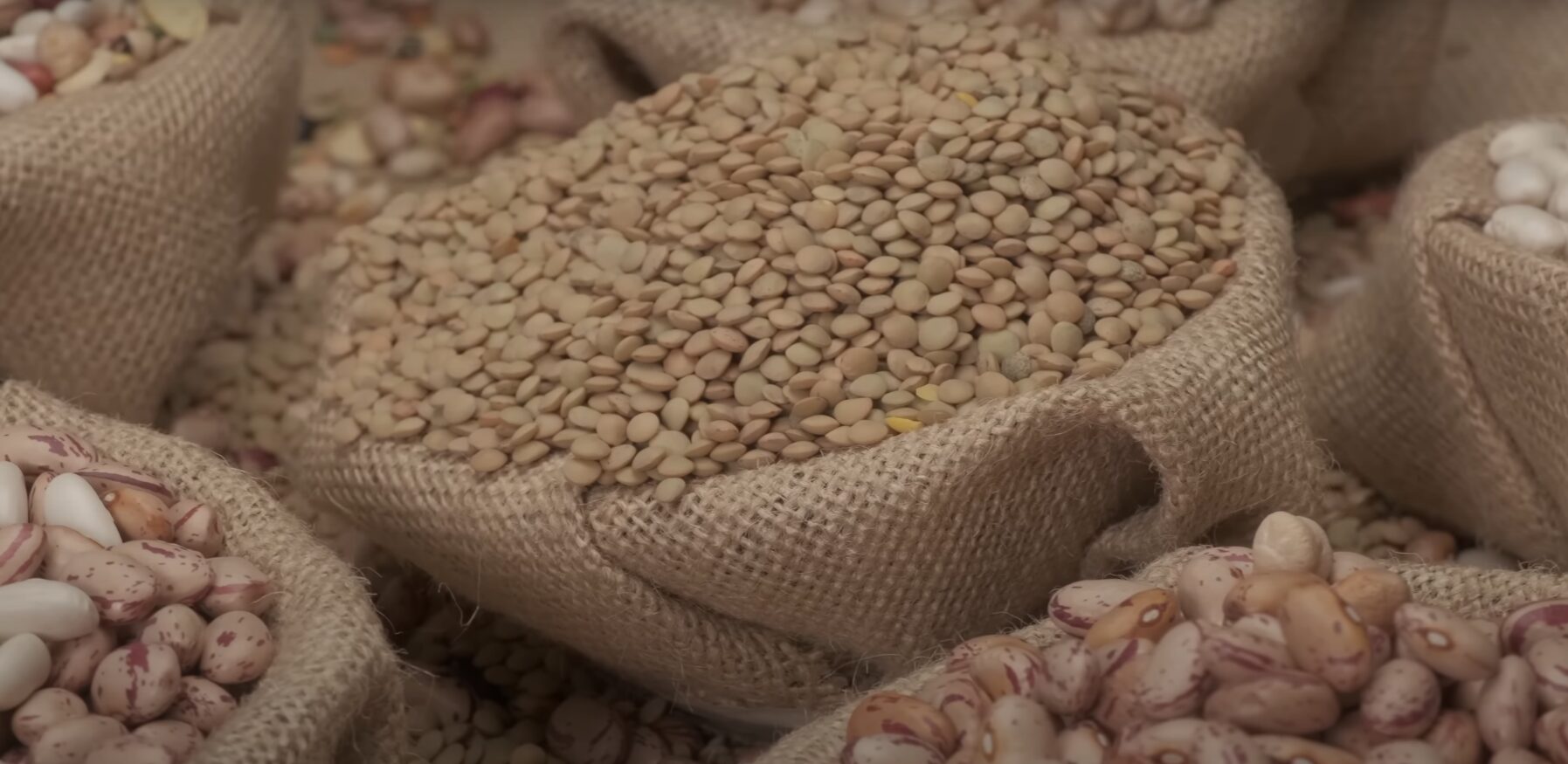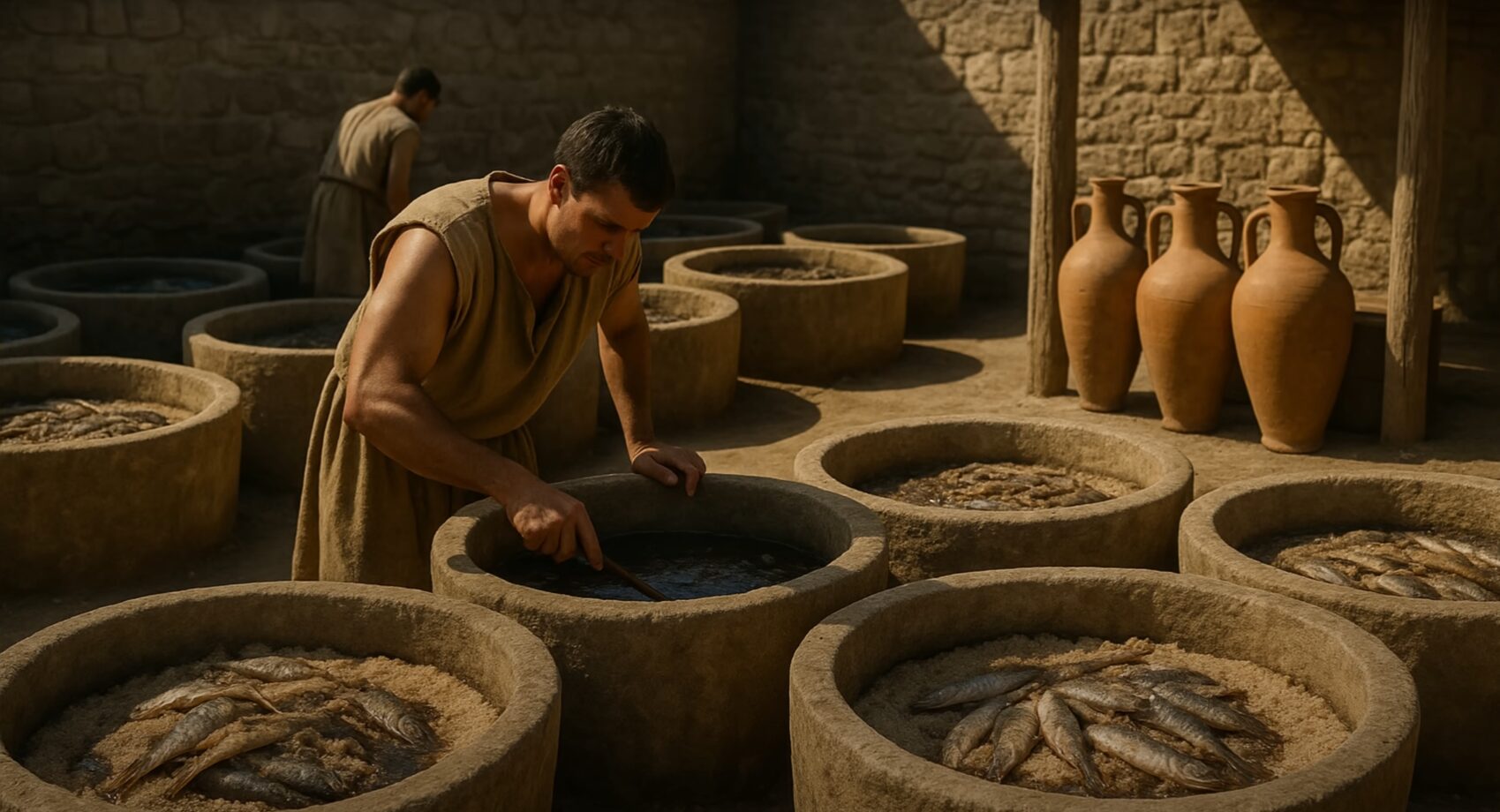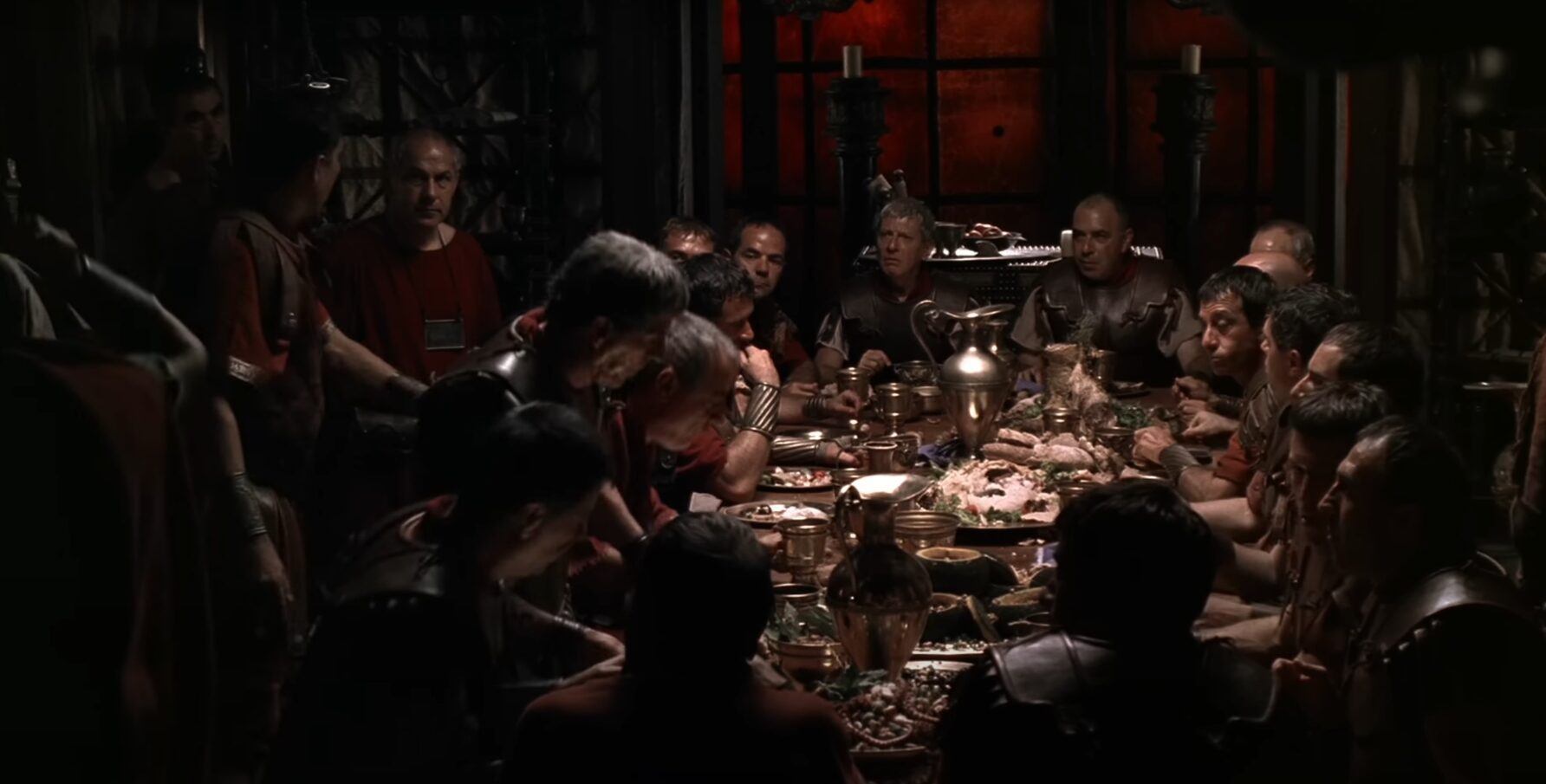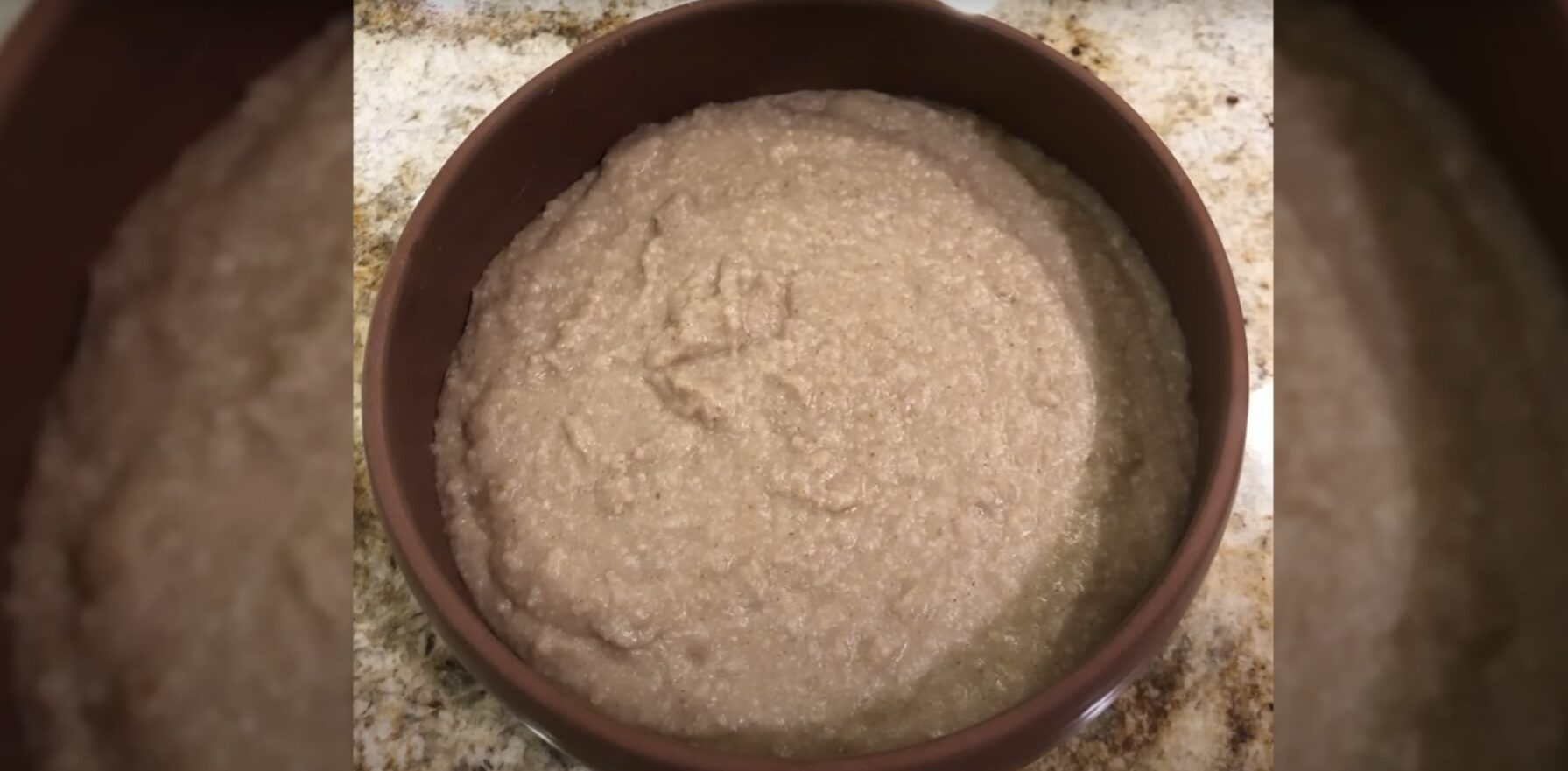Roman cuisine was built on practicality and resourcefulness. Rather than grand feasts, most people relied on simple foods such as porridge made from grains, hearty lentils, and basic breads. These staples kept both soldiers and ordinary citizens nourished, proving that survival and adaptability were at the heart of everyday life.
Cheese, olive oil, and a strong-tasting fish sauce called garum were important to Roman cooking. These foods were more than just nutrition—they became medicines, trade goods, and essential parts of culture. The Roman approach to food shows how creative they were with limited ingredients.
Key Takeaways
- Roman diets depended on simple, filling foods for fuel.
- Cheese and olive oil were widely used and valued across the empire.
- Romans used unique seasonings like garum to add flavor and preserve food.
Core Foods of Ancient Rome
Why Roman Porridge Mattered
Pulse, a basic porridge made from grains like barley or farro, was eaten by everyone—from Roman soldiers to city dwellers. It was boiled in water and sometimes had olive oil, herbs, or a bit of cheese added.
Simple pulse gave enough energy for soldiers to march and build roads. It was cheap to make, easy to eat, and fueled daily life for both the poor and the powerful. Even senators could be seen with a bowl of pulse when they wanted to look humble.
Common Add-Ins:
- Olive oil
- Cheese
- Herbs
| Role | Who Ate It | How Prepared |
|---|---|---|
| Main Meal | Soldiers, poor, rich | Boiled grains |
| Quick Energy | Workers, travelers | Plain or with simple toppings |
Lentils: Rome’s Everyday Energy
Lentils were the go-to food for most Romans, especially those who could not afford meat. They were high in nutrition and easy to cook.
People used them in stews, soups, and simple pots. Roman doctors often recommended lentils, saying they were good for health and could even help with mood. Soldiers took lentils with them because they lasted long and were filling.
Health Beliefs About Lentils:
- Calmed emotions
- Helped with sleep
- Purified blood (according to some)
Typical Uses:
- Stews for soldiers
- Main meal for the poor
- Fancy dishes for the rich (sometimes mixed with spices or sweeteners)
Bread: Food and Social Glue
Bread was more than just food in ancient Rome—it was a symbol of stability. Different kinds of bread could be found throughout society, and everyone from the poor to the upper class ate it every day.
The least fancy kind, often called “bread for the people,” kept hunger away for the lower classes. Bread played a big part in politics, helping prevent unrest by making sure citizens always had something to eat.
How Bread Was Important:
- Prevented hunger riots
- Supported all social classes
- Showed the skills of Roman bakers
| Bread Type | Who Ate It | Role in Society |
|---|---|---|
| Simple bread | The poor | Basic food staple |
| Fancy loaves | The wealthy | Status and display |
| All varieties | Everyone | Kept peace, filled stomachs |

Cheese: From Daily Staple to Sought-After Good
Types of Roman Cheeses and Their Everyday Roles
Romans enjoyed a wide range of cheeses. They made soft, hard, and even smoked varieties, using milk from sheep, cows, or goats. Some cheeses were blended with herbs, fruit, or honey, making them fit not just for simple meals but also more elegant dishes.
Cheese was eaten across all levels of society. Soldiers took hard cheese with them because it lasted a long time and provided a lot of energy. Farmers, city dwellers, and even emperors ate cheese at breakfast, lunch, or as a sweet treat. Below is a quick look at some uses:
| Cheese Type | Common Use | Who Ate It? |
|---|---|---|
| Hard | Soldier rations | Soldiers, travelers |
| Soft | Mixed in dishes | Urban Romans |
| Smoked | Preserved foods | All classes |
Cheese as Medicine and a Traded Product
Cheese was more than just food. It was also thought to be healthy. Some Romans believed cheese could calm stomach aches, help balance the body, and even boost fertility.
Certain regions became famous for their cheeses. For example, sheep’s milk cheese from the Alps or spiced cheese from Compania were well known. Traders carried these cheeses across the empire. Hard cheese traveled the best, going from Italy to faraway places and lasting for months on the road.
Roman cheese was not just practical; it was also an important item in trade. People valued it enough to send it long distances, making it both a local favorite and a popular export.
Olive Oil: Liquid Civilization
Harvesting and Trade Across the Empire
Olive oil was a key part of daily life in Rome. It was pressed from olives grown across places like Spain and North Africa. Large estates focused on growing olives and making oil, turning it into a huge business. The oil traveled long distances in big clay jars labeled with their source, helping historians today find ancient trade routes. Olive oil was made in grades: high-quality oil for eating, regular oil for lamps, and thick, lower-grade oil for other uses.
| Grade of Olive Oil | Main Use |
|---|---|
| Finest Press | Cooking, eating |
| Middle Grade | Lighting lamps |
| Third Press | Cleaning, other |
Millions of barrels were shipped and used across the empire every year.
Everyday Uses in Food, Hygiene, and Beyond
Olive oil was in almost everything the Romans did. In the kitchen, they poured it on bread, mixed it into stews, and used it as a dressing for salads. It added flavor and kept foods moist. Olive oil was also used for frying, marinating, and preserving other foods.
Outside the kitchen, athletes and bathers rubbed olive oil on their skin, then scraped it off to clean themselves. It was an early kind of skin care and kept people clean in public bathhouses. Olive oil even fueled lamps to light homes, showing how many ways it was needed in Roman life.
Quick List of Olive Oil Uses:
- Cooking and drizzling on food
- Fuel for oil lamps
- Personal hygiene and skin care
- Preserving other foods
Olive oil was much more than a food—it was a basic need for everyone in Rome.
Garum: Rome’s Notorious Fish Sauce

The Process Behind Garum
Romans made garum by stacking small fish, like anchovies, with layers of salt in big containers. These vats were left out in the sun, where the mixture broke down and released a salty liquid. After several months, this liquid was strained, creating a clear, strong-smelling sauce.
Garum came in different types. Some batches were filtered for wealthy customers, while others were chunkier and less expensive. Some versions had extra spices or were left to ferment longer for a stronger taste.
Garum Making: Quick Facts
| Step | Description |
|---|---|
| Main Ingredient | Small fish (often anchovies) |
| Method | Layer fish and salt in vats, ferment |
| Time Needed | Months in the sun |
| Final Product | Strained liquid fish sauce |
| Variations | Spiced, filtered, chunky, extra fermented |
Garum on Roman Tables and in Society
Garum was everywhere in Roman cooking. People poured it on meat, mixed it into sauces, and even added it to fruit. Some even drank it by itself, showing either toughness or a lack of taste buds.
This sauce was more than just flavor. It added protein, preserved food, and acted as a kitchen shortcut before refrigerators existed. Whole towns focused on making garum, with Pompeii standing out as a major production spot.
Garum crossed class lines. Rich Romans got fancy, well-filtered versions, while the general public used thicker, stronger types. It could be found from Britain to Egypt, making it a unifying part of Roman daily life.
Fun fact: Garum jars have been found all around the Mediterranean, showing just how popular it was in ancient times.
Ingenuity and Survival in Roman Eating Habits
Using Simple Foods in Clever Ways

Romans often cooked with humble foods like barley, lentils, and cheese. A basic porridge called pulse, made from grains and water, was central to daily meals. It was filling, cheap, and easy to prepare, making it popular among soldiers and city workers.
Key staples in the Roman diet:
| Food | Who Ate It | How It Was Used |
|---|---|---|
| Pulse | Soldiers, poor | Eaten plain or with herbs |
| Cheese | All classes | Meals, snacks, travel food |
| Lentils | Poor, soldiers | Soups, stews |
Cheese came in many styles—soft, hard, and smoked. It was long-lasting and easy to carry. Lentils offered protein and traveled well with the army. Romans avoided waste by using every part of their ingredients. Even the oil pressed from olives powered kitchens and lamps.
Food for Status and Health

Food was more than fuel in Rome. Expensive foods like special cheese or fine olive oil showed status. Bread came in many types—rich people chose fancy loaves while the poor ate simple versions.
Romans used food as medicine, too. Some believed cheese settled the stomach and lentils could improve blood and mood. The funky sauce garum, made from fermented fish, was both a common seasoning and a way to boost nutrition without fresh meat. Oil and sauces also preserved food and kept people healthy.
Food roles in Roman society:
- Social symbol: Certain foods marked wealth or rank.
- Medicine: Foods were believed to heal and balance the body.
- Preservation: Items like garum and olive oil kept meals safe to eat for longer.
This mix of practical thinking, social value, and simple nutrition shaped how the Romans survived and thrived with the resources they had.
